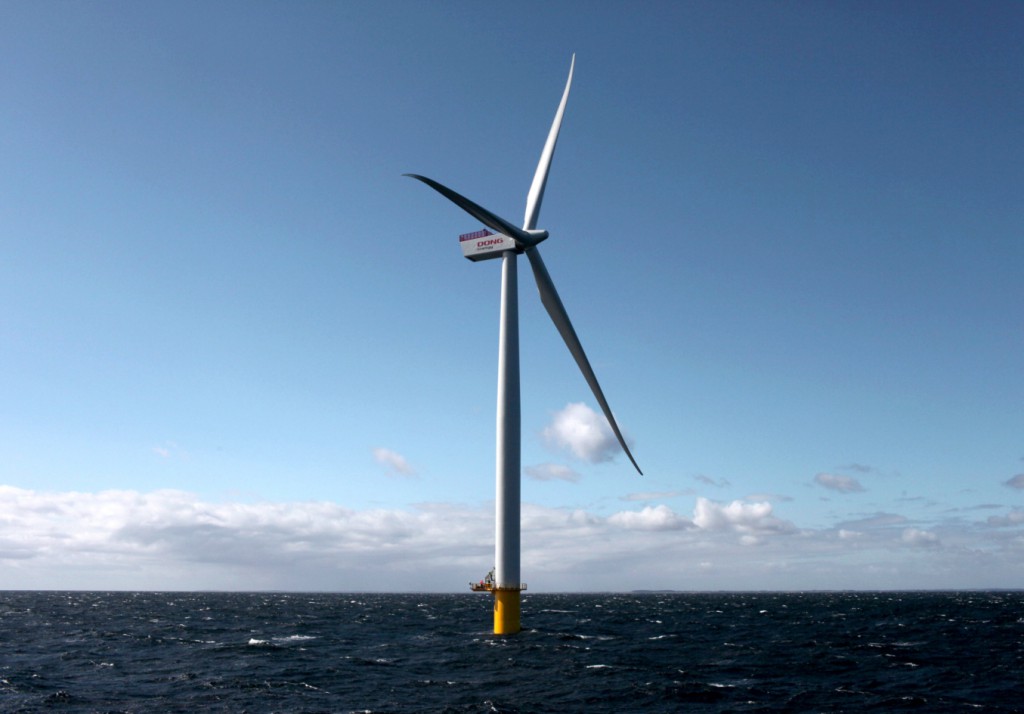
Danish utility Dong Energy’s U.K. offshore wind project, Hornsea Project Two, which will install 540 wind turbines off the coast of Yorkshire in Northeast England, was approved by U.K. ministers in August. The $8 billion, 1.8GW project is capable of powering one million homes and should create 2,000 jobs during construction. It will be the world’s largest offshore wind project and is expected to be operational in 2020. Dong, which went public this year, is partly owned by Goldman Sachs.
The news is not all positive, as the National Audit Office estimates that the project will cost U.K. energy consumers at least £4.2 billion ($5.5 billion) to fund subsidies provided to the project, says the The Telegraph.
Wind energy is getting bigger, cheaper and more efficient. That’s according to the annual Wind Technologies Market Report, released by the U.S. Department of Energy and Lawrence Berkeley National Laboratory on Aug 17. Highlights include:
- Wind power now represents more than 10 percent of total electricity generation in 12 states, and accounts for more than 20 percent of total generation in three of those states
- With 73,992 MW, the U.S. is now the No. 2 country in the world in installed wind capacity (after China) and is number 1 in actual wind electricity generated. Wind now provides about 5.6 percent of US electricity, though it severely lags behind Denmark’s 40 percent.
- Turbines are getting larger, which has boosted performance, according to the report. Larger rotor diameters in particular “have begun to dramatically increase wind project capacity factors,” the report says.
- Wind is cheaper: “After topping out at nearly 7 cents per kWh in 2009,” the report says, “the average levelized long-term price from wind power sales agreements has dropped to around 2 cents per kW and is now economically viable in a number of locations in the U.S.”
A nice summary of the report is provided by environmental reporter David Roberts over at Vox Media.